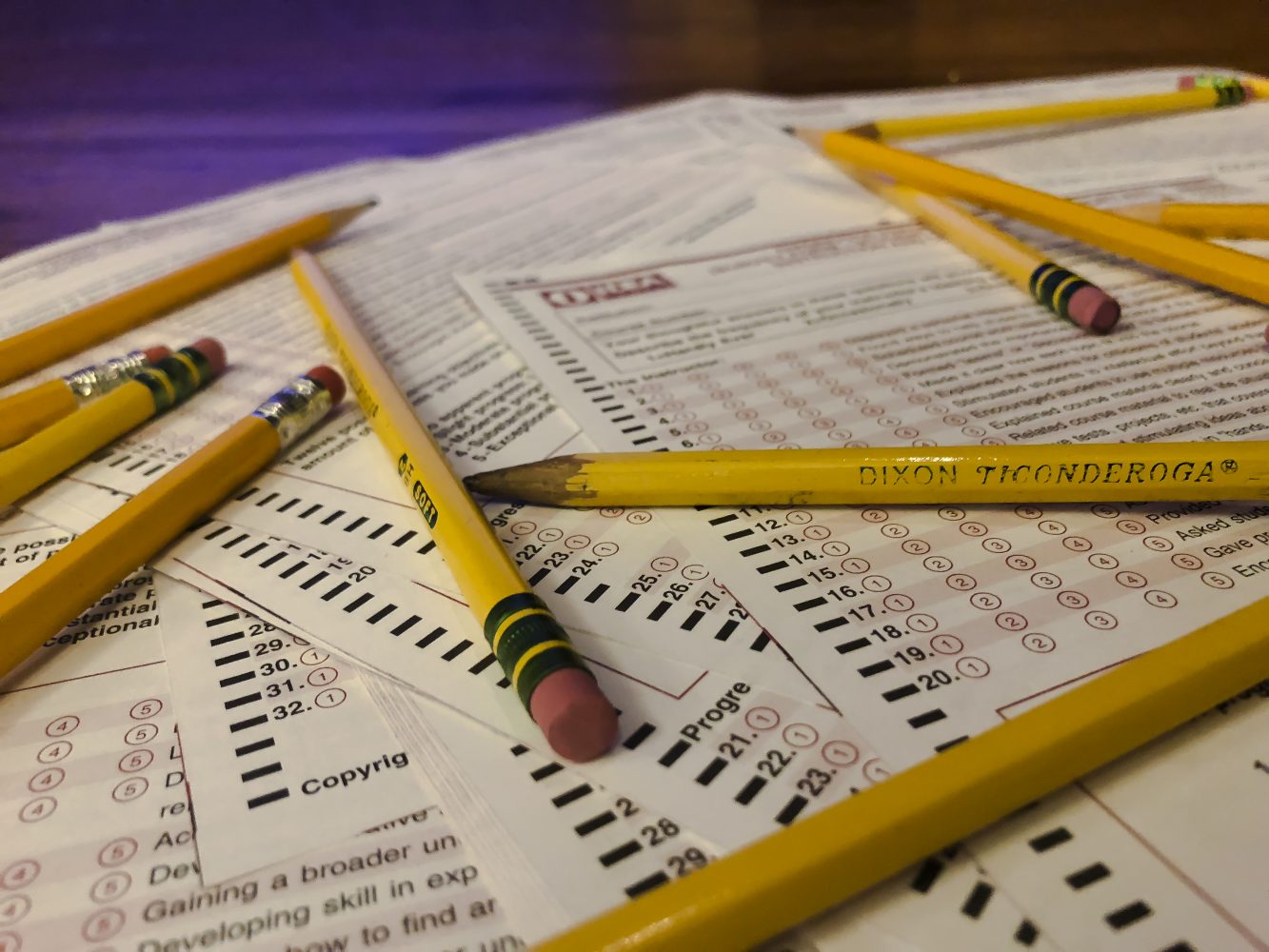At the University of Rhode Island, the end of the semester usually means stressing over finals, drinking excessive amounts of caffeine, starting and finishing projects, and of course, filling out professor and class evaluations in each class.
As all students have come to be familiar with, the final course evaluations are long questionnaires that ask questions relating to the professor, the class and learning outcomes. What students may not know is that the information from the evaluations does not usually make it back to the professors until almost a year later.
“Assuming people teach the same course every fall, it is past the time where I built my course again, so if I screwed up last time I wouldn’t know until now,” said economics professor Art Mead. “In terms of information for a faculty member to use in revising, improving [and] developing courses than a year later is really probably a little too late.”
While the system does take awhile to get the information back to professor, the main issue is that the system URI uses is done by paper.
In 2009, URI began using evaluations from IDEA, the company that gives the University the evaluation sheets and processes them. With more than 3,000 classes per semester, it is a lot of paper to process. According to the Vice Provost for Faculty Affairs, Laura Beauvais, Ph.D, they are aware that the issue is because of paper and that a lot of processing has to happen.
“We have over 3,000 classes to pack up,” she said. “We gather all the information, there’s a deadline for when the faculty need to turn them in. All that has to be packaged up in boxes in a certain way and then it has to be mailed out. Then they process them at the IDEA center, which is in Kansas, then they mail all the paper back with all the results.” From there, staff in enrollment services must separate the paper for each class and faculty and pass them out.
Beauvais said there have been talks for many of moving the evaluations to online and that there will be a discussion soon about possible changes they can make regarding the evaluations.
“There is an ongoing discussion of trying to move this online, which would be great,” Mead said, liking the idea of results being more readily accessible though having concerns about how nobody ever does things that are online. Compared to when students show up in class and the evaluation is “thrown in front of your face and you have to do them.”
Some students agree with a possible shift to online. Victoria Royo, a junior communication and Spanish double major, said that she believes online would be easier for everyone because it is faster and the teacher can get the results right away. Elise Hayes, a senior communications major, agreed with Royo.
“In class you feel a little rushed,” she said. “I feel like I don’t read through each question fully.”
Evaluations serve two purposes. According to both Mead and Beauvais, a big part of it is for the faculty. They allow professors to see how they are doing from a student’s perspective and it can help them make changes within their classes. It also helps during the annual review as well as during promotion and the tenure process. Though, in all of those times, student evaluations are only 30 percent of an overall evaluation of a professor.
“The IDEA center and we, as administrators, are very careful to point out that no more than 30 percent of an evaluation should be based on these because it’s from one source, the students are very important source, but it’s one source and it’s students perceptions of how well the faculty are doing,” Beauvais said.
She also added that it is only one thing in professors folders among assignments, syllabi and more.
Hayes and Royo agree with the importance of evaluations for professors. As students, they feel by that giving professors feedback, it allows them to improve and cater more towards the students.
“They [are able to] progress in their career of being a better teacher,” Royo said.
The other purpose that evaluations serve is for students.
“Second is, and the one I always emphasis is, students should have the ability to have information to make informed choices,” Mead said. He also added that the instructor for a course is an enormously important decision that students have to make.
“One of the things I always do on opening day, I always have freshmen, and I say how many people know anything about me,” he said. “Of course, nobody knows. And isn’t that odd. How much money are you spending on this course? I said, you know, come up with a number, I said tell me what else do you buy for that amount of money that you know nothing about.” Mead said that it is odd that students are asked to make these kind of choices without any information to base them on.
While there is no online source for this information, like a ratemyprofessor.com, students are able to access the information as it is archived in the library.
“I’m not sure how easy it is to access that data but it is there,” Beauvais said.
In the following weeks, there will be discussions about the evaluations and possible changes that can be made to evaluations.
“We’re hoping that the changes we are contemplating are going to make it better for everyone,” said Beauvais.

